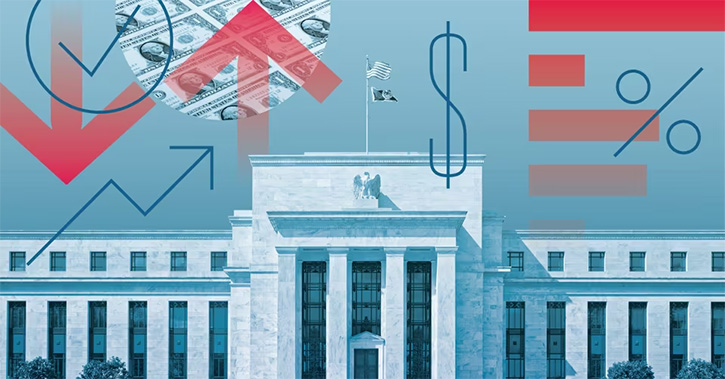The 10-year US Treasury bond rallied Friday after the dismal jobs number was released, sending its yield down 10 basis points to 2.86%. Based on the weakness of this report, many traders are beginning to consider that the Federal Reserve may halt its tapering program. But even though headline employment growth was significantly below expectations, based on his interpretation of the minutes from the Federal Open Market Committee's most recent meeting, Robert Johnson, Morningstar.com's director of economic research, does not believe that this data by itself will be enough to derail the Fed from continuing to taper its asset-purchase program.
Johnson is highly suspect of this month's employment report and notes that the report was riddled with many big swings and inconsistencies. In addition, he pointed out several examples of data that were "nonsensical" in his mind. For example, 30,000 accountant jobs were lost in the month, 13,000 local school teachers lost their jobs midyear, and construction employment fell, which is in stark contrast to the massive gain in construction jobs as reported by payroll services company ADP.
As such, he is not putting much stock in this report and believes that a more realistic scenario would be to average the prior two months' reports together, as the 241,000 gain in the November employment report was probably higher than reality. That average in the low 150,000 area looks more reasonable to Johnson and is more consistent with the household survey data that showed 140,000 jobs added. He is sticking with his forecast for employment job growth to increase by an average 190,000 per month in 2014.
Even though Johnson expects the tapering to continue, we note that the Fed will continue to provide a substantial amount of new liquidity into the markets in 2014. If the Fed continues to reduce purchases by $10 billion per month, the program will still last until September and, over this time frame, the Fed will purchase another $330 billion of securities, taking its portfolio to more than $4.3 trillion. While we think corporate credit spreads are at the tight end of their fair value range, the liquidity being injected into the bond markets by the Fed will continue to be a tailwind to push credit spreads tighter. As the Fed's asset purchases decline, this tailwind will diminish in the second half of the year.
This article originally appeared on Morningstar.com



























